# Patterning Operations
Various types of patterns exist. For inspirations, look at:
* [Knitting Stitch Patterns](https://www.knittingstitchpatterns.com/)
* [Stitch Meshes](http://www.cemyuksel.com/research/stitchmeshes/)
* [Efficient Transfer Planning](https://textiles-lab.github.io/publications/2018-flat-xfer-plan/) (for lace)
* [Our Patterns]() (to be updated when it becomes public)
The pattern library of Shima Seiki divides its patterns into the following categories:
* Cable patterns
* Hem patterns
* Links patterns
* Mesh patterns
* Miss patterns
* Move patterns
* Tuck patterns
## Cables
Cables are groups of knit+move operations that work in pair (one group goes left, the other right) crossing each other. This is typically part of many beautiful patterns, but also for reinforcing transition points (e.g. between glove fingers).
* [Library of cables images](http://www.vogueknitting.com/resources/stitchionary/cables)
* [Shima's help on cables](images/help_knit_cross.pdf)
**Instructions**: `4` and `5` (first cable set), `14` and `15` (second cable set), `150` (linking for half gauge columns)
* `4` and `5` paired from left to right: right cross (right stitches come upside)
* `5` and `4` paired from left to right: left cross (left stitches come upside)
The second set (`14` and `15`) work similarly and can be used to distinguish adjoining cable pairs.
For example:
* `4455` corresponds to a two-pitch cable with a left part downard (`44`) and a right part upside (`55`).
* `5544` is the same cable but upside-down
* `45` is a single pitch cable, and `54` is its upside-down version
* `45(15)(14)` are two side-by-side single pitch cables:
* the left one is `45` as before
* the right one is similar to `54` as `5==15` and `4==14`




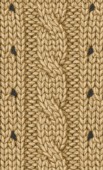
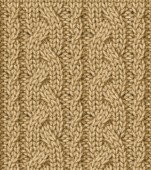
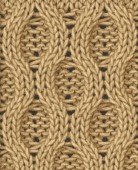


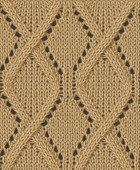
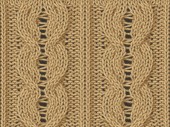
## Links

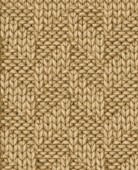

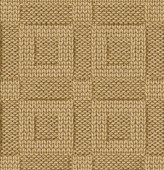
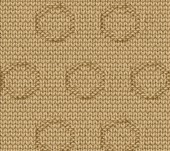
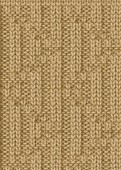
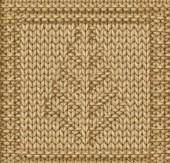

## Mesh
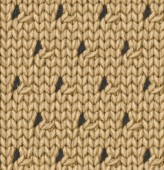

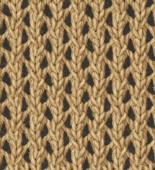
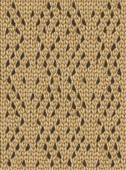

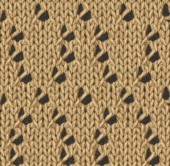
## Miss
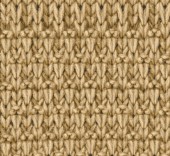
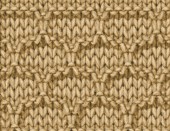
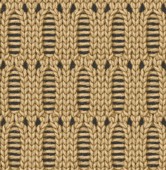
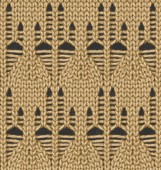


## Move
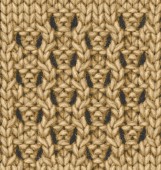
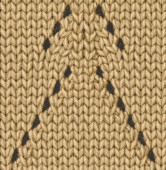
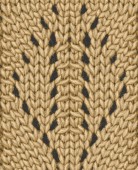

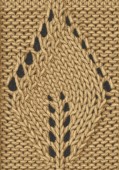
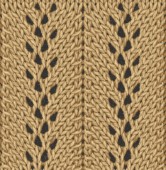
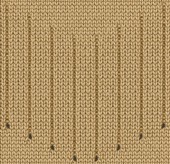
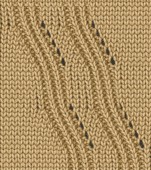
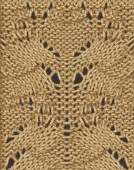
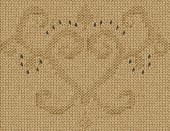
## Tuck
Tuck patterns tend to create larger-looking stitch loops (and tend to bump out of the plane, althought the images don't show that).

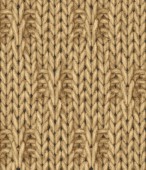


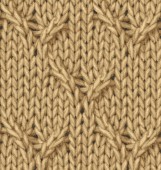

# Miscellaneous Resources
[Accessibility](http://accessibility.mit.edu/) @ [MIT](http://web.mit.edu) [CSAIL](http://csail.mit.edu)